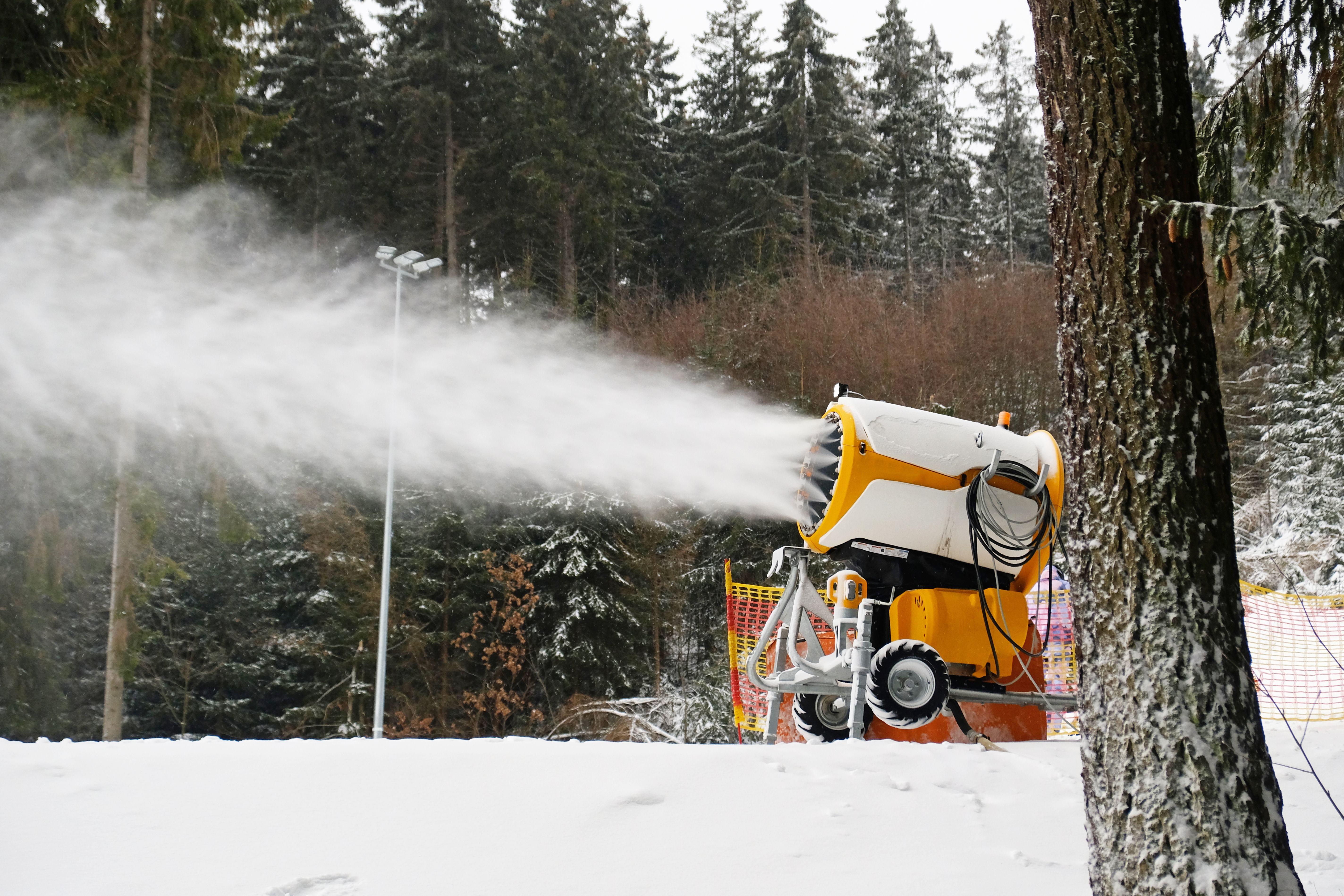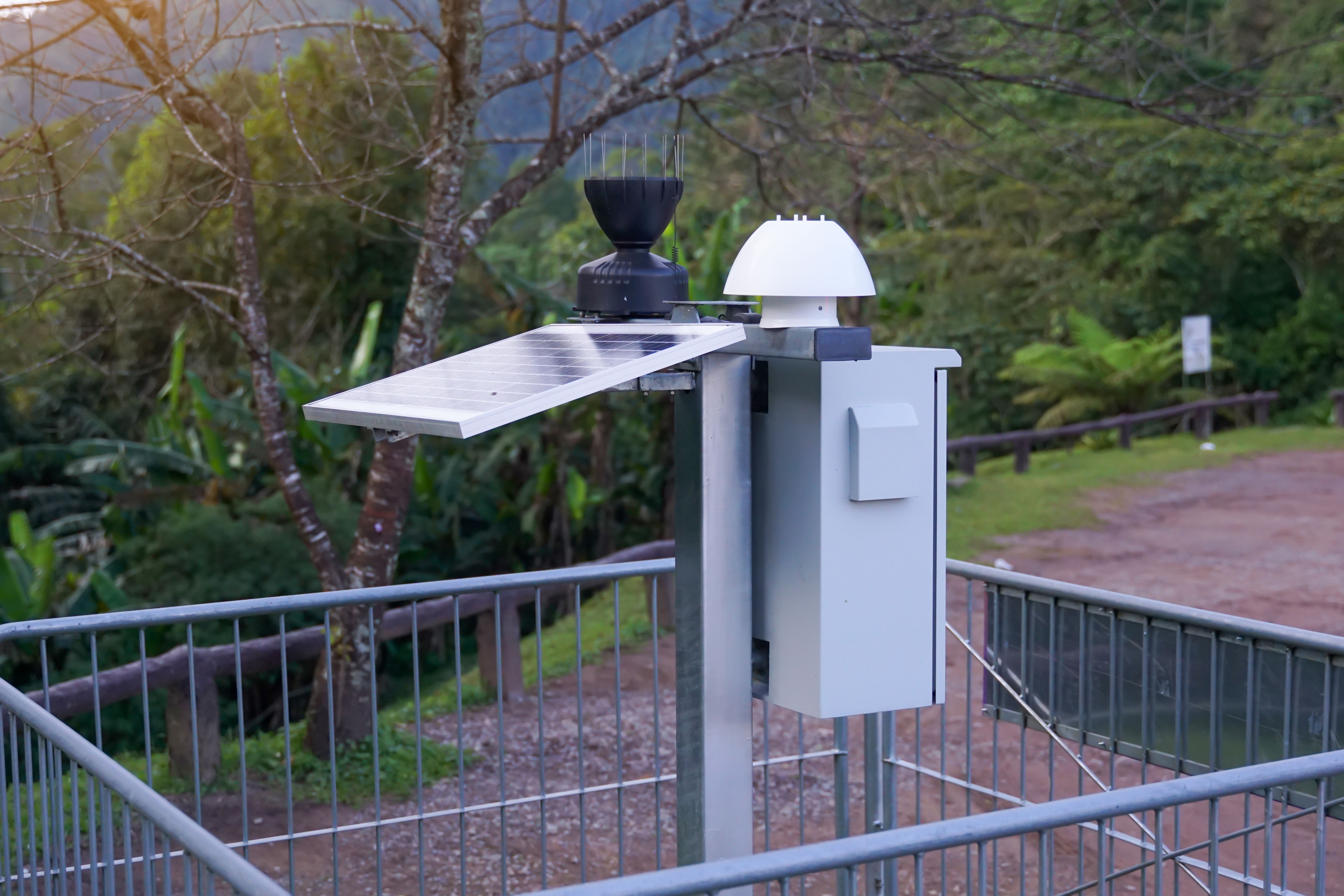Preparing for Winter: Ensuring Smooth Snow Manufacturing Operations in Utah
Understanding Snow Manufacturing in Utah
As winter approaches, ski resorts and snow parks in Utah gear up for snow manufacturing to ensure a successful season. The process involves using specialized equipment to create artificial snow, supplementing natural snowfall. This is crucial for maintaining optimal ski conditions, especially during dry spells.
Producing snow is not just about turning on machines; it requires careful planning and execution. From temperature monitoring to equipment maintenance, every step is vital for smooth operations. Understanding these elements can help resorts deliver an exceptional experience for winter sports enthusiasts.

Preparing Equipment for the Season
Ensuring that all snow-making equipment is in top condition before the onset of winter is essential. Preventive maintenance helps avoid unexpected breakdowns that could disrupt operations. Checking for wear and tear, replacing old parts, and calibrating machines are necessary steps in this process.
Resorts should also invest in the latest technology to enhance efficiency. Modern snow guns and weather stations provide precise data, allowing operators to produce snow under optimal conditions. This not only saves time but also reduces energy consumption.
Optimizing Water and Energy Usage
Water and energy are the two main resources used in snow manufacturing. Efficient management of these resources is crucial for sustainability. Resorts should focus on using water efficiently, ensuring that there is minimal waste during production.
Implementing energy-saving practices can significantly reduce operational costs. This includes using low-energy snow guns and optimizing production schedules based on weather forecasts. Such practices contribute to more environmentally friendly operations, aligning with broader sustainability goals.

Staff Training and Safety Measures
Training staff to operate snow-making equipment safely and efficiently is another critical component. Well-trained personnel can identify issues early, reducing downtime and improving overall productivity. Regular training sessions ensure that staff are familiar with the latest techniques and safety protocols.
Safety is paramount during snow manufacturing. Implementing strict safety measures protects both employees and equipment. This includes wearing appropriate protective gear, conducting regular safety drills, and maintaining clear communication channels during operations.
Monitoring Weather Conditions
Weather plays a significant role in snow manufacturing. Understanding and monitoring weather patterns help in planning production schedules. Resorts should invest in reliable weather monitoring systems to predict favorable conditions for snow-making.
Temperature, humidity, and wind speed are crucial factors that affect snow quality. By analyzing these conditions, operators can make informed decisions on when to start or stop production, ensuring the best possible snow for visitors.

Conclusion
Preparing for winter snow manufacturing in Utah involves a combination of technology, resource management, and skilled personnel. By focusing on equipment readiness, resource efficiency, staff training, and weather monitoring, resorts can ensure smooth operations throughout the season.
These practices not only enhance the quality of the snow but also contribute to a sustainable and successful winter season. As ski enthusiasts flock to Utah, well-prepared resorts will be ready to offer them an unforgettable experience.